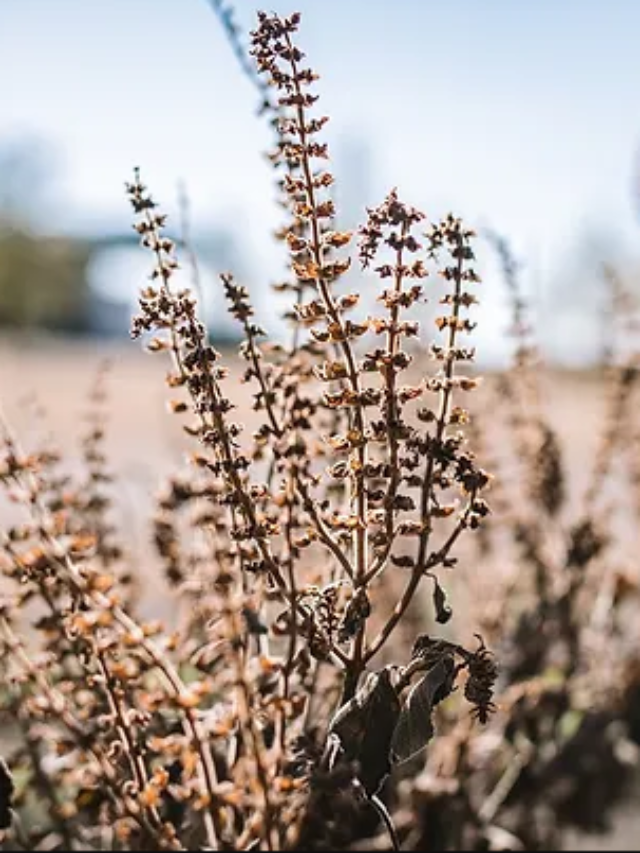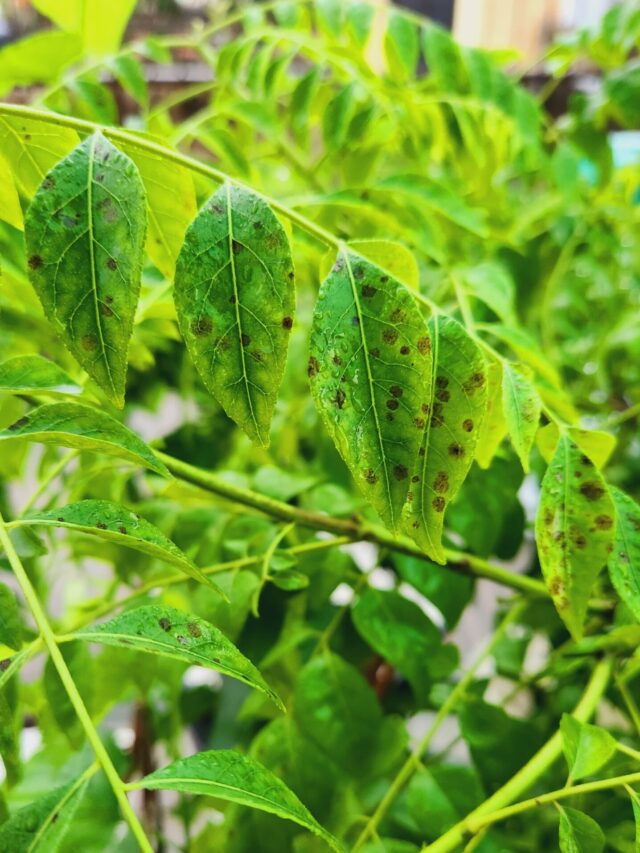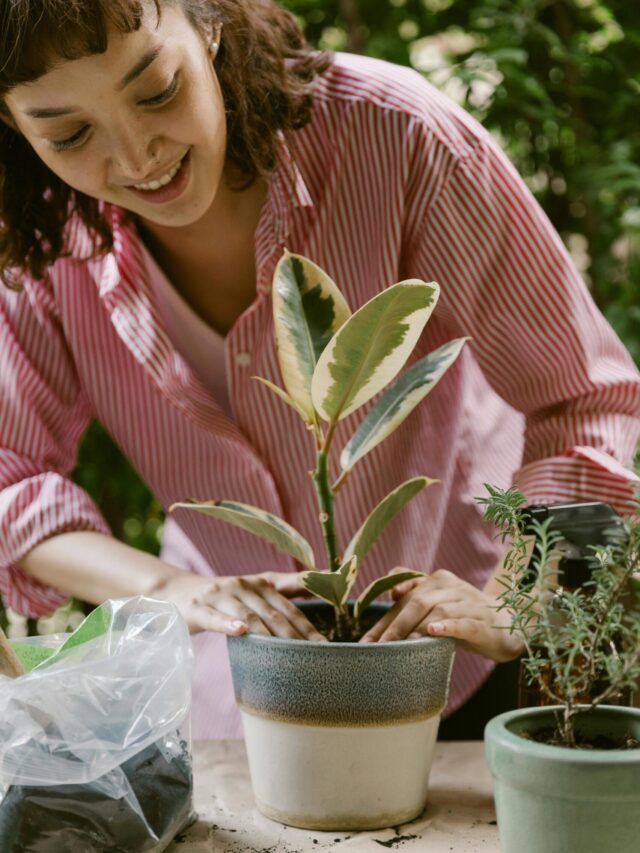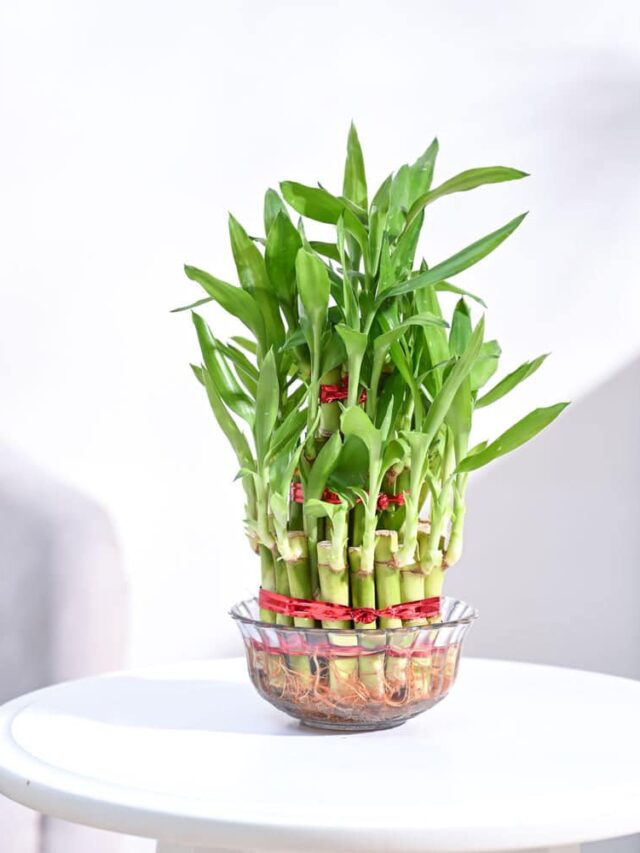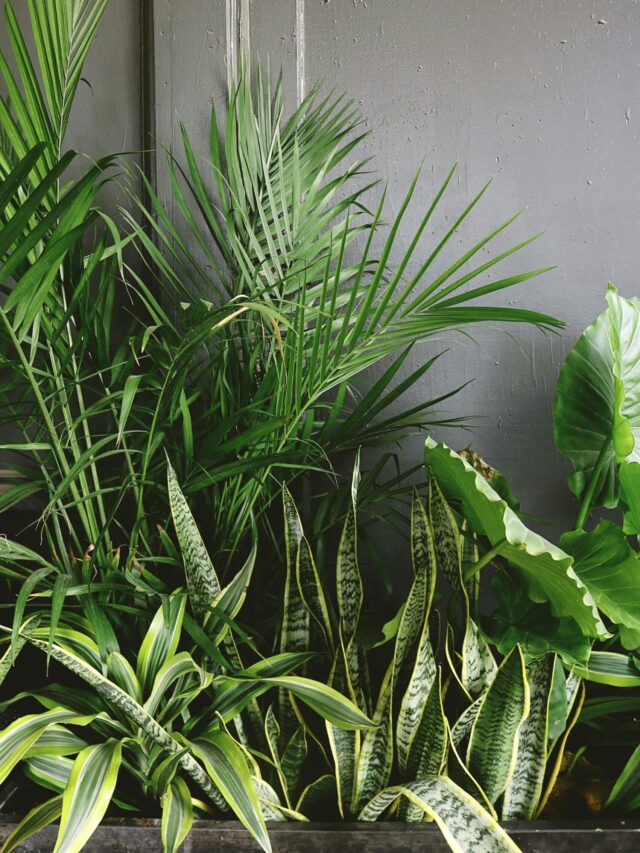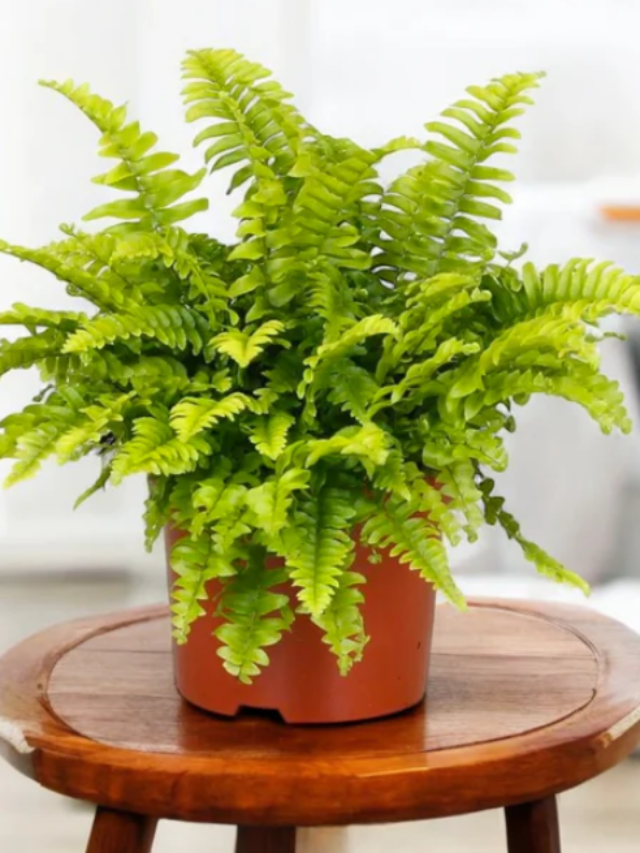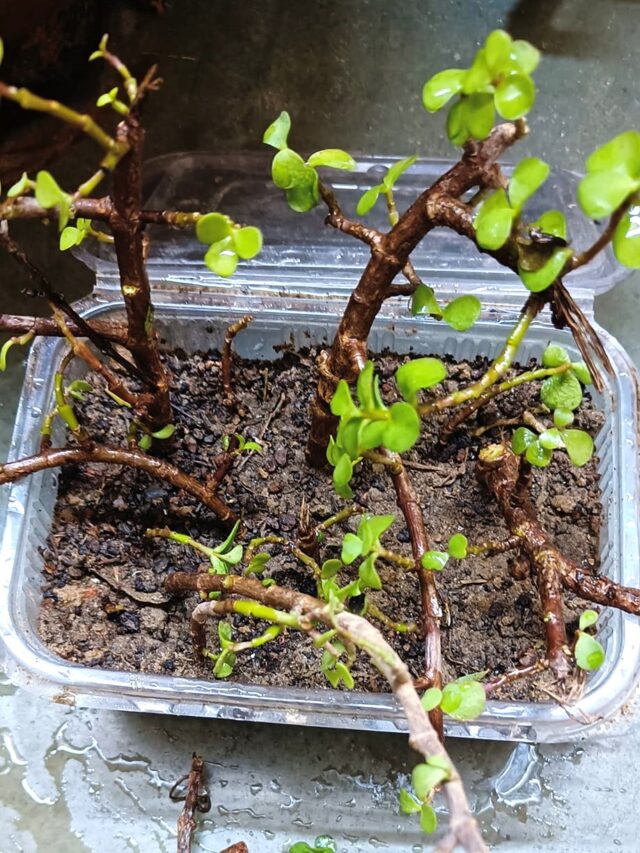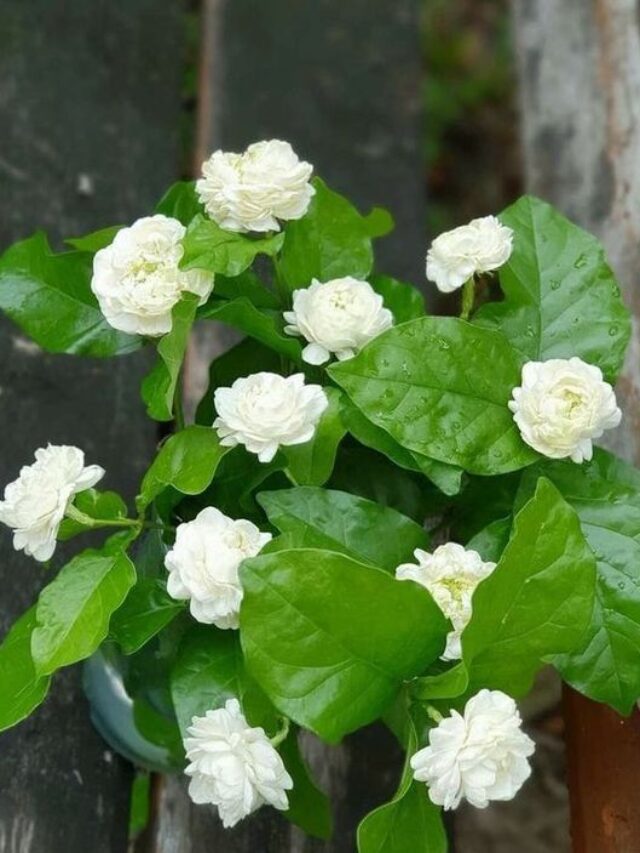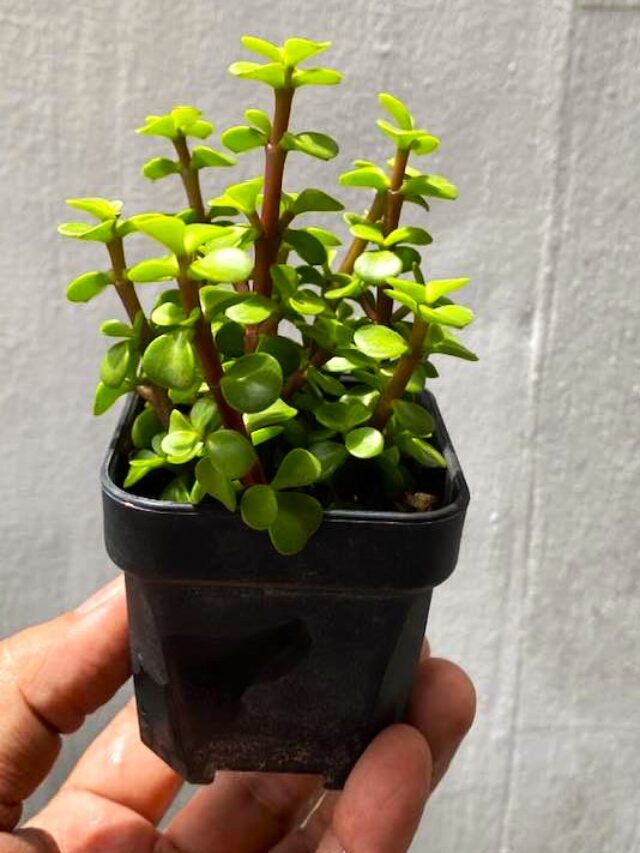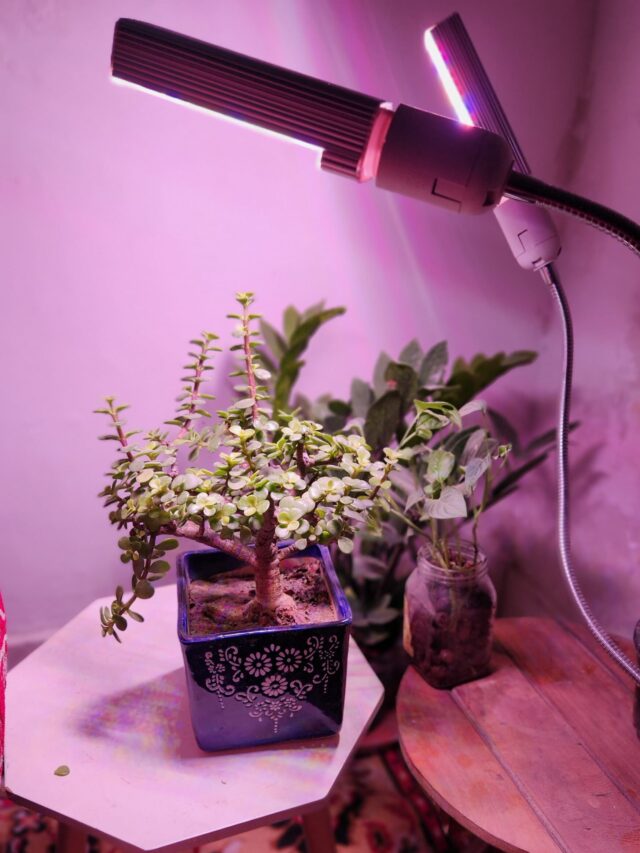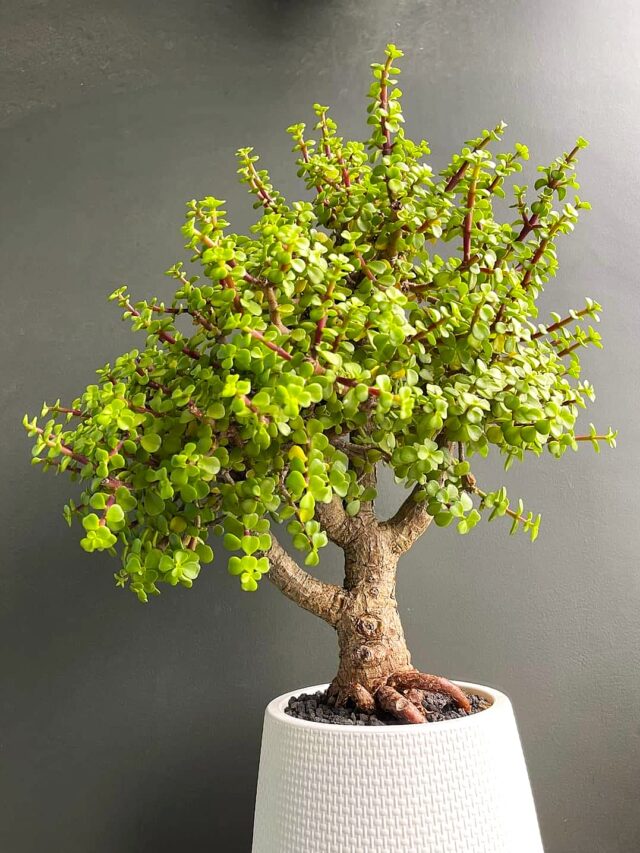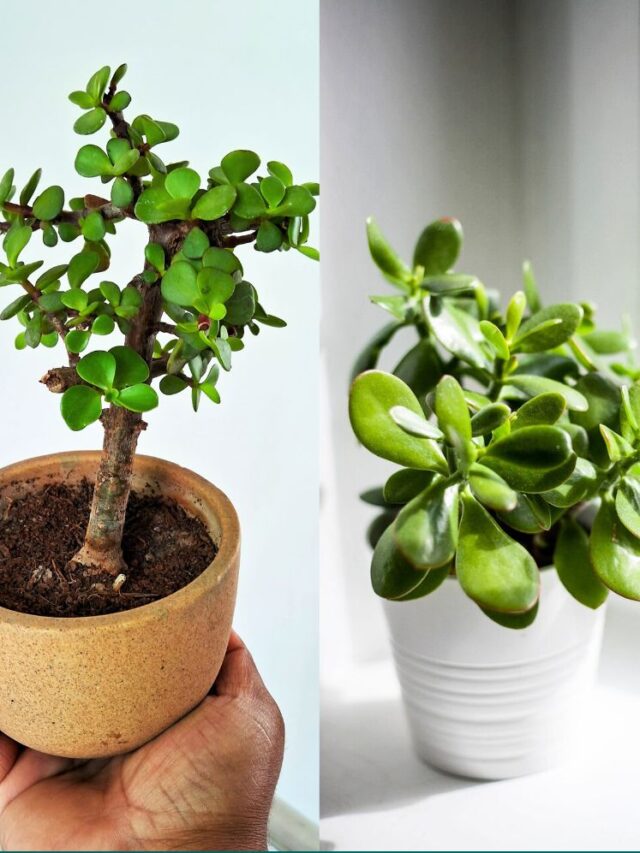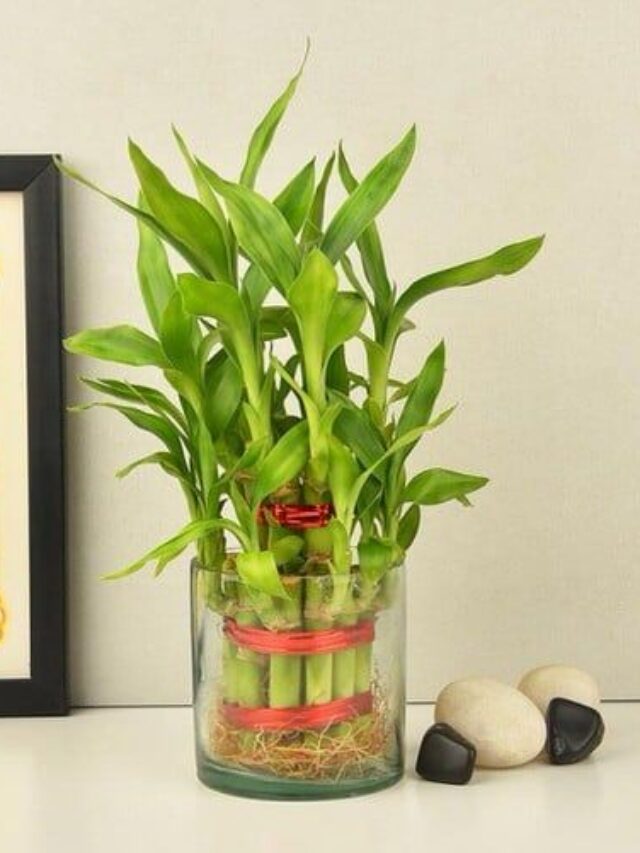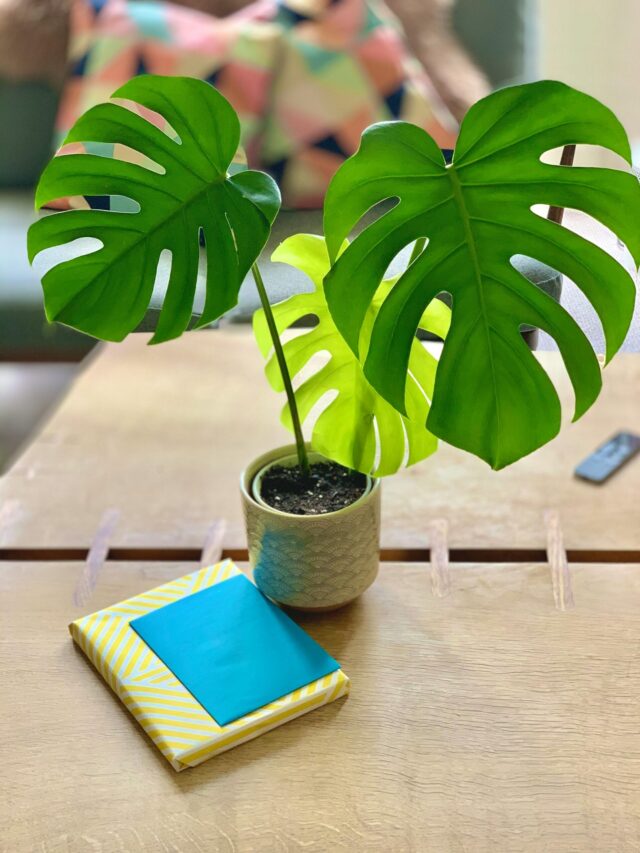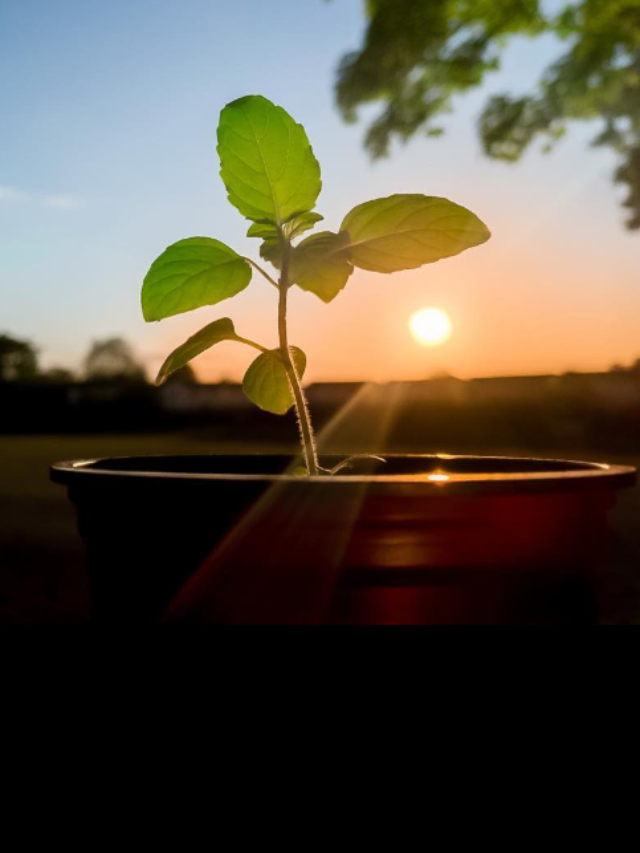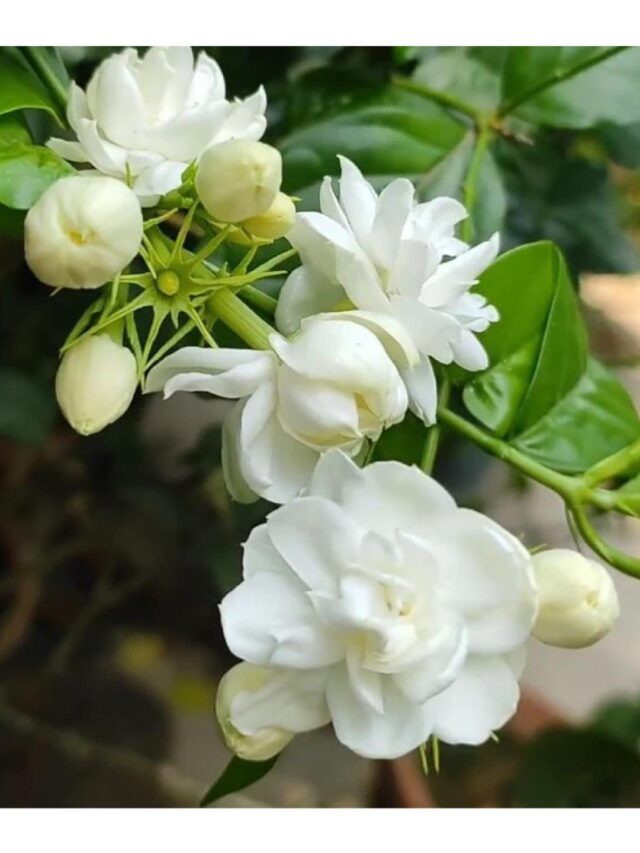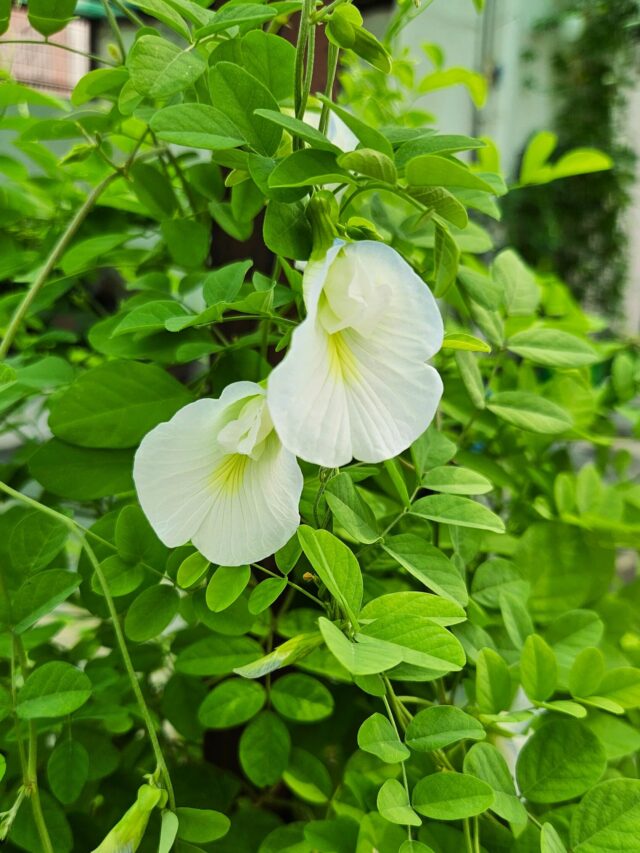Fertilizers play a crucial role in boosting plant and crop yields by addressing nutrient deficiencies. Whether in liquid or solid form, fertilizers dissolve quickly in water and provide plants with essential nutrients. They act as a tonic for healthy plant growth. There is a wide variety of fertilizers available, including cow dung fertilizer, neem cake fertilizer, and seaweed solutions, among others.

Seaweed fertilizer is a highly effective and efficient fertilizer that offers several benefits compared to conventional fertilizers.
- it is rich in essential nutrients,
- promotes balanced growth,
- and results in significant yield increases while rarely showing nutrient deficiencies.
It is undoubtedly one of the best fertilizers that gardeners should consider using for their gardening needs. After numerous experiments and studies, this article highlights the effectiveness of seaweed fertilizer.
What is a Seaweed Fertilizer?
Seaweeds are seaweed algae that include some species of red, brown, and green algae. Seaweeds are also classified according to use, such as seaweeds of edible, medicinal, fertilizer, filtration, or industrial use.

As its name suggests, seagrass is a type of grass that grows underwater, also known as submerged aquatic vegetation. It is believed to have existed on Earth for billions of years, since the beginning of time.
People living on the seashore first started using it and later it was used in other places as well. This seaweed sometimes comes to the shore with the water along the seashore and in many places, people collect it from there and dry it and use it in many ways.
Types of Seaweed Fertilizer
1. Liquid fertilizer
-
- It is available in liquid form which needs to be diluted in water before use. It comes in bottle packing.
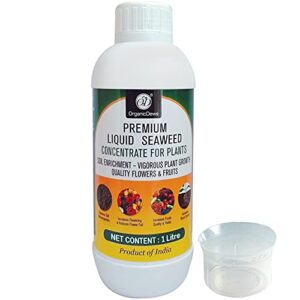
2. Granules form
-
- It is also available in granule form in pouches. It can be given directly to the plants or can be diluted in water also.

Advantages of Seaweed fertilizer
1. Organic and effortless fertilizer
-
- It is an organic and effortless fertilizer.
- Unlike other fertilizers, this one is a complete and balanced power pack of all the nutrients (like phosphorus, magnesium, zinc, nitrogen, potassium, and all).
2. Safe and non-toxic
-
- Since it is made from marine plants, it is completely safe, and no chemicals are used in making it commercially, so it is safe for all humans and animals and plants, etc.
- Using this manure does not harm the environment and we keep getting good-quality fruits and vegetables.
3. Can be given to all the house plants

(i) It can be given to all the houseplants. Be it indoor, outdoor, succulents, or any cutting of the plants.
(ii) For all the common plants like rose, tulsi (holy basil), hibiscus, curry patta, areca palm, snake plant, and many other plants.

(iii) For heavy feeder plants or high-level gardening (like rose, litchi, lemon, bitter gourd, and many others), fertilizer with high NPK (nitrogen, phosphorus, and potassium) is required.

Note:
- You can give seaweed liquid fertilizer (with compost ) once in 20 days is sufficient.
4. Enhances soil quality
-
- It naturally increases the fertility of the soil manifold by mixing it in the soil.
- It increases the organic matter in the soil and activates many types of microorganism which make the soil even more effective.
- It accelerates the fertility of soil microbes present in the soil, due to which soil becomes more fertile.
5. Easily absorbed by plants

-
- Seaweed liquid fertilizer is very easily absorbed by plants, so it is also a very effective fertilizer to provide more power to the plants in less time.
- The Alginic Acid present in it reduces the surface tension of the water so that the plant easily absorbs the nutrients present in it.
6. No expertise is required
-
- Easy and ready to use available in the market. It can be bought from any nursery, market, or online also.
- No expertise is required to use this solution, anyone can use it without any complexity.
7. Gives fruitful results
-
- In many cases fruitful results are noted, plants start growing properly, and plants show flowering and fruiting in a small span only after the use of seaweed solution.
8. Easy to store
-
- Seaweed fertilizer comes in bottle or pouch packing hence it is easy to store also.
- It costs somewhere Rs 200-250 for one bottle or pouch. One bottle would run for 4-5 months.
- Seaweed granules packet costs somewhere Rs 270 per kg, comparatively it is cheaper than liquid solution bottles.
How to use Seaweed Fertilizer?
1. Dilute the Concentrated Solution

-
- This solution comes in concentrated form.
- Make the exact solution as it is written on the bottle (instruction column).
- Approximately 3 ml of the solution needed to be diluted in 1 liter of water.
- Mix it properly before giving it to the plants.
- It can be stored for 8-10 days at normal temperature. If kept for a longer duration, it will smell.
- Feed your plants with this solution once in 20 days.
2. Spray Solution for leaves

-
- For leave, a distinct spray solution is made. Dilute 1 ml of solution with 1 liter of water. Fill it in a spray bottle.
- Before spraying seaweed solution on leaves, clean the leaves first. There should not be any traces of dust, otherwise, there is no point in giving fertilizer.
- Spray it on leaves once every 10 days.
3. Seaweed Granules

-
- Lose the upper layer of soil and add granules to it.
- For a 10-12 inch pot add 2 tablespoon granules.
- For an 8-inch pot add 1 tablespoon granules.
- For a small size pot add half tablespoon granules.
- After adding granules, cover it with soil or coco peat and give water properly.
4. Liquid solution can also be made from granules

-
- For spray adds half a tablespoon of granules in 2-liter water.
- To make Liquid fertilizer for soil mix 1 tablespoon granules in 3 litre water.
- To make the solution, soak granules in water for at least 5 hours.
- Do not make it in an airtight container, it might release some gas.
Note:
- For cuttings like money plant, monstera, and all, use the spray solution which is prepared for leaves.
Precaution while using Seaweed solution
1. Dilute it properly

-
- Be it seaweed solution or any other fertilizer, always dilute it properly in water before giving it to plants or crops.
- Overdose of fertilizer will burn the plants.
- Always add 1 or 2 more cups of water which is specified for a particular fertilizer to make a solution.
- Deficiency of minerals would be healed by providing fertilizers from the top but excess fertilizer can burn the plant immediately. Hence, less is the mantra here.
2. Give only when the soil is dry
-
- Fertilizer should not be given when the soil is wet because if soil is wet then roots would not absorb any minerals from it.
- Moreover, roots will start decaying due to excess water.
3. Give till water comes out from the bottom hole
-
- Always give liquid fertilizer till the point it starts coming out from the bottom hole of the pot, it means the fertilizer is reaching the end of the roots.
- All the bottom roots are also getting nutrients.
4. Follow the proper schedule
- A 15 days gap should be maintained in the interval of giving any two fertilizers to the plants.
This was all about Seaweed fertilizers. Enjoyed this article on seaweed fertilizer? Share your feedback in the comment section.
Happy Gardening!
Thanks
